S.L. Soo9780815514336, 0-8155-1433-6
Table of contents :
Front Matter……Page 1
Table of Contents……Page 0
Preface……Page 8
Table of Contents……Page 10
1. Introduction……Page 15
1.1 Averages and Averaging……Page 16
1.2 Effect of Probe Dimension……Page 17
1.3 Effect of Measuring Volume……Page 19
1.4 References……Page 20
2.1.1 Isokinetic sampling of particle mass flux……Page 23
2.1.2 Isokinetic sampling of particle concentration……Page 24
2.1.3 Development and applications of isokinetic sampling……Page 25
2.1.4 Cascade impactor for particle sizing……Page 26
2.2 Isokinetic Sampling……Page 27
2.2.1 Principles and instruments……Page 28
2.2.2 Anisokinetic sampling……Page 34
2.3.1 Inertial separation of particles……Page 40
2.3.2 Typical cascade impactors and applications……Page 44
2.3.3 Cut-off size and size analysis……Page 49
2.3.4 Considerations in design and operation……Page 52
2.4 Notations……Page 54
2.5 References……Page 55
3.1 Introduction……Page 61
3.2 Origin of Charge……Page 62
3.3.1.1 Measuring bulk resistivity of a powder……Page 63
3.3.1.2 Measurement error in resistivity……Page 66
3.3.1.3 Surface resistivity……Page 67
3.3.1.4 Packed bed models of resistivity for conduction probes……Page 68
3.3.1.5 Packed bed models of permittivity for capacitance probes……Page 70
3.3.1.6 Measuring effective dielectric constant (permittivity) of a powder……Page 72
3.3.2.1 Electrostatic charge, its origin and magnitude……Page 73
3.3.2.2 Contact and zeta potentials of particles……Page 74
3.3.2.3 Triboelectric charging……Page 75
3.3.2.5 Charge relaxation in a powder……Page 76
3.3.2.7 Charge measurement of powders……Page 78
3.3.2.8 “Closed” Faraday cage for charge measurement……Page 79
3.3.2.9 “Open” Faraday cage & ring probe methods……Page 82
3.3.2.10 Charge measurement by particle mobility (electrostatic precipitation)……Page 83
3.3.2.11 Faraday cage method applied to fluidized beds and suspensions……Page 85
3.3.2.12 Charge measurement on single particles……Page 86
3.3.2.13 Bipolar charged suspensions……Page 87
3.3.3.1 Particle force equations……Page 91
3.3.3.3 Force measurement……Page 93
3.3.3.4 Agglomeration of particles……Page 94
3.3.3.5 Particle diffusion……Page 95
3.3.3.7 Atomic force measurement……Page 96
3.4.1 Capacitance Probes……Page 98
3.4.2 Current Probes……Page 100
3.4.3 Potential Probes……Page 102
3.4.4 Resistance Probes……Page 104
3.4.5 Particle Velocity Probes (Anemometers) and Sensors……Page 106
3.5.1.2 Noncontacting fieldmeter and voltmeter……Page 110
3.5.1.3 Contacting voltmeters……Page 113
3.6.1 Tomography……Page 114
3.6.3 Ignition and Spark Breakdown Testing of Powders……Page 116
3.7 Notations……Page 125
4.1 Introduction……Page 127
4.2 Measurement of Local Concentration of Solids……Page 129
4.2.1 The Transmission Type Probes……Page 130
4.2.2 The Reflection-Type Probes……Page 133
4.2.3 Calibration Method……Page 138
4.2.4 Analysis of Signals……Page 145
4.3.1 Cross-Correlation Method……Page 154
4.3.2 A Logical Discrimination Method……Page 166
4.4 Notations……Page 173
4.5 References……Page 174
5.1 Introduction……Page 177
5.2.1 Signal-to-Noise Criteria……Page 178
5.2.2 Transit-Time Technique……Page 183
5.2.3 Doppler Technique……Page 184
5.2.4 Cross-Correlation Technique……Page 186
5.3 Measurement of Solid/Liquid Flow……Page 187
5.3.1 Volumetric Flow Rate……Page 188
5.3.1.1.1 High-Temperature Acoustic Doppler Flowmeter……Page 189
5.3.1.1.2 Flow-Profile Effects……Page 190
5.3.1.1.3 Experimental Results……Page 192
5.3.1.2.1 Basic Configuration……Page 193
5.3.1.2.2 Flow Measurements……Page 196
5.3.2 Mass Flow Rate……Page 202
5.3.2.1 Measurement of Sound Attenuation……Page 203
5.3.2.2.1 Effective-Medium Approach……Page 205
5.3.2.2.3 Multiple-Scattering Treatment……Page 207
5.3.2.2.4 Experimental Results……Page 209
5.4.1 Flow Noise and Flow Rate……Page 210
5.4.2 Cross-Correlation Method……Page 212
5.5.1.1 Longitudinal Waves and Acoustic Impedance of Fluid……Page 214
5.5.1.2 Shear Waves and Shear Impedance of Fluid……Page 215
5.5.2 Laboratory Tests and Results……Page 217
5.5.2.1 Measurement of Density……Page 218
5.5.2.2 Measurement of Viscosity……Page 220
5.6 Summary and Future Development……Page 221
5.7 Notation……Page 223
5.8 References……Page 224
6.1 Introduction……Page 227
6.2 Measurement Principles……Page 228
6.2.1 Electromagnetic Methods……Page 229
6.2.2 Capacitive Methods……Page 232
6.2.3 Optical and Tracer Techniques……Page 237
6.3.1 Coriolis Mass Flowmeter……Page 241
6.4.2 Radioactive Tracer Technique……Page 244
6.3.2.1 Density Measurement……Page 246
6.3.2.2 Particle Velocity Measurement……Page 249
6.3.3 Pulsed Neutron Activation Technique……Page 253
6.4 Measurement of Solid/Gas Flow……Page 254
6.4.1 Capacitive Instrument……Page 256
6.5 Future Flow Instruments……Page 262
6.6 Notation……Page 263
6.7 References……Page 265
7.1 Introduction……Page 267
7.2.1 Principles of LDA for Two-Phase Flows……Page 269
7.2.2 Special LDA-Systems for Two-Phase Flow Studies……Page 274
7.3.1 Principles of PDA……Page 285
7.3.2 Layout of PDA-Systems……Page 291
7.3.3 Particle Concentration and Mass Flux Measurements by PDA……Page 300
7.3.4 Novel PDA-Systems……Page 308
7.4 Signal Processing……Page 315
7.5 Recap and Future Directions……Page 323
7.6 References……Page 325
8.1 Introduction……Page 333
8.2 Particle Tracking Velocimetry (PTV)……Page 337
8.3.1 Scanning Particle Image Velocimetry (SPIV)……Page 343
8.3.2 Holographic Particle Image Velocimetry (HPIV)……Page 348
8.3.3 Laser Induced Photochemical Anemometer (LIPA)……Page 350
8.3.4 Laser Induced Fluorescence (LIF) and Scattering Method (Lorenz-Mie, Rayleigh, Raman)……Page 352
8.3.5 Interferometry, Holographic, and Tomographic Techniques for Scalar Measurements……Page 357
8.3.6 Nuclear Magnetic Resonance (NMR)……Page 360
8.4 Acknowledgments……Page 362
8.5 References……Page 363
9.1 Introduction……Page 369
9.2 Principles of Radiation Detection……Page 370
9.2.1.1 Radioactive Source……Page 371
9.2.1.2 Interaction of Gamma Rays with Matter……Page 372
9.2.1.4 Efficiency of the Detectors……Page 374
9.2.1.5 Dead-Time Effect……Page 375
9.2.2.2 Comparison of Theoretical Predictions with Experimental Data……Page 376
9.3.1 Principles of Operation……Page 378
9.3.2.1 Radioactive Tracer Particle……Page 379
9.3.2.2 Scintillation Detector Array……Page 380
9.3.2.3 Data Acquisition Electronics……Page 381
9.3.3.2 Calibration Curves……Page 382
9.3.3.3 Computation of Instantaneous Position of the Tracer……Page 383
9.3.3.4 Computation of Instantaneous Velocity of the Tracer……Page 384
9.3.3.5 Computation of Mean Velocity and Density Distributions of Solids……Page 385
9.3.3.6 Estimation and Measurement of Data Accuracy……Page 387
9.4.1 Mean Velocity and Density Distribution of Solids……Page 390
9.4.2 Solids Flow in Presence of Bed Internals……Page 392
9.4.3 Conservation of Mass for the Solids……Page 393
9.4.4 Lagrangian Autocorrelations of Fluctuating Velocities……Page 394
9.4.5 Turbulent Reynolds Stresses……Page 395
9.4.7 Mass Flux and Solids Mean Density……Page 397
9.4.8 Momentum Fluxes and Particulate Stresses……Page 398
9.4.9 Particle Velocity Distributions……Page 400
9.5 Solids Mixing and Fluctuation in Fluidized Beds……Page 403
9.5.1 Solids Mixing……Page 404
9.5.2 Solids Global Fluctuation……Page 406
9.6 Conclusion……Page 411
9.7 Notation……Page 412
9.8 References……Page 414
Index……Page 417
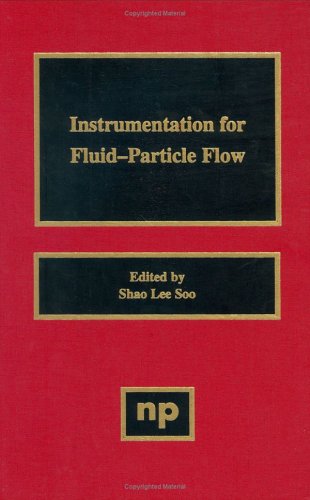
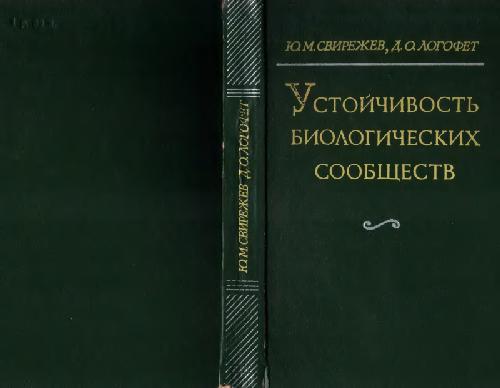
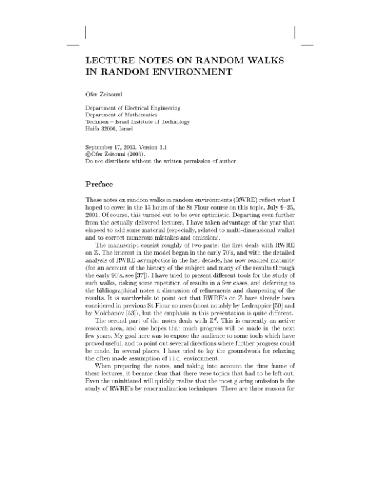
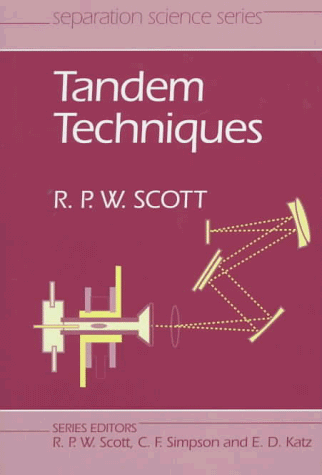


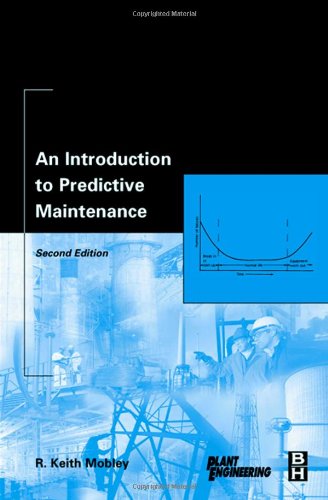
Reviews
There are no reviews yet.